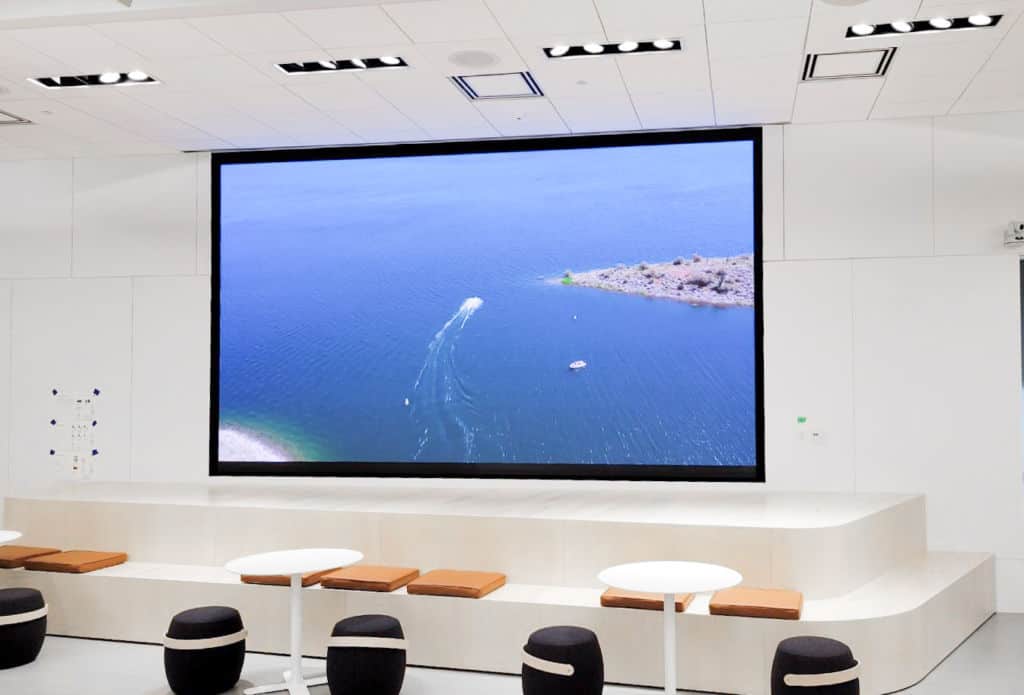Shedding Light on this Future: Exploring various Benefits and Disadvantages of LED Panel Panels in contrast to Traditional Lighting Options
LED panel screens have become more and more popular in both residential and commercial spaces, offering an option to traditional lighting solutions. These panels are flat, slim units that utilize LEDs technology (LEDs) to generate illumination. They provide a modern aesthetic and can be used in various settings, such as workspaces, educational facilities, and homes. While LED wall panels have many benefits, it is essential to compare them with traditional lighting options, such as traditional bulbs and fluorescent lamps, to understand their benefits and disadvantages.
One of the notably notable benefits of LED wall panels is their power effectiveness. LEDs use significantly less energy than traditional lighting sources, which can lead to lower power costs. For instance, an LED screen can consume up to three-quarters less energy than an incandescent lamp while offering the equivalent amount of illumination. This energy efficiency not only saves money for users but also lowers the overall environmental impact, making it an eco-friendly sustainable choice. With growing concerns about climate change, many people are seeking for methods to reduce their power consumption, and LED wall panels can be a helpful solution.
Another benefit of LED panel screens is their long lifespan. Traditional lighting options often need regular changes due to burned bulbs. In contrast, LED panels can last up to twenty-five times longer than traditional lamps, and much longer when compared to neon lamps. This endurance This Site means that users spend fewer hours and money on maintenance and replacements. Additionally, the minimized need for replacements adds to fewer waste, further benefiting the environment. This robustness makes LED wall panels a much feasible option for both residential and commercial operators.

Despite their many benefits, LED wall panels do have some drawbacks. One concern is the initial cost of purchasing and installing these panels. While prices have decreased over time, LED screens can still be more costly initially than conventional illumination choices. However, it is crucial to factor in the extended cost reductions on power bills and replacement costs when evaluating the overall value of LED lighting. Some consumers may also be deterred by the brightness of LED lights, as they can be harsher than the warm glow provided by incandescent bulbs. Choosing the appropriate intensity and hue tone can be essential for establishing a pleasant environment.
Another potential drawback of LED wall panels is their sensitivity to temperature and humidity. High temperatures can reduce the efficiency of LEDs, and high moisture can lead to issues. This concern is particularly crucial published here in spaces of a building or building where conditions can fluctuate, such as bathrooms or kitchens. It is essential to select the appropriate type of LED screen for particular environments to ensure optimal performance. Additionally, some people may find that the light produced by LEDs can be less comfortable than conventional illumination, leading to issues about vision strain or discomfort in certain settings.
In summary, LED wall panels offer many advantages over conventional illumination solutions, including power effectiveness, durability, and lowered upkeep costs. However, they also come with some drawbacks, such as higher upfront expenses and sensitivity to surrounding factors. As users go on to explore lighting choices, it is evident that LED wall panels can provide a modern and eco-friendly solution for a variety of locations. By comprehending both the advantages and challenges of these panels, individuals and companies can make wise decisions that most suit their lighting needs.